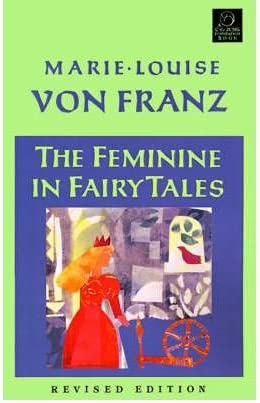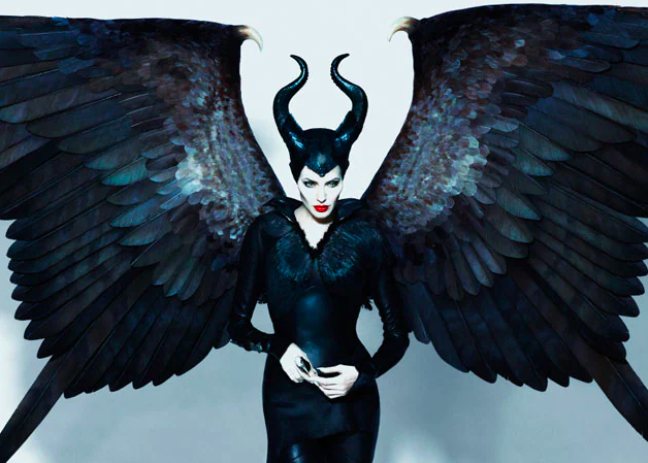Laurens Buijs
Amsterdam Gender Theory Research Team
In patriarchy, femininity (the feminine side of women, as well as the feminine side of men) is suppressed (see AGTRT-BA1 and AGTRT-BA9), but also corrupted.
Femininity has come to subordinate itself to masculinity, but this is not so much the result of the fact that the feminine could do nothing but be subordinate due to male terror.
This is more due to the fact that the feminine has something to gain from serving toxic masculinity. Those who serve and keep the oppressor in power are also in the front row when distributing the spoils.
Femininity thus serves toxic masculinity in patriarchy because it benefits itself. To hide this corruption, the feminine deploys her caring and aesthetic qualities so that she creates a smokescreen for her victims and the outside world.
The corrupted feminine recurs as an archetype in many fairy tales, stories and cultural expressions: the woman or the feminine as hypocrite. See, for example, the Queen in Snow White, the witch in Sleeping Beauty or the stepmother in Hansel and Gretel.
These archetypes are thus not so much an expression of patriarchal sexism as a progressive critique of the feminine’s complicity in patriarchy.

This insight is in line with the work of Jungian psychologist Marie-Louise von Franz. She did extensive research on feminine archetypes in fairy tales, and their function in the individuation process of human beings.
Fairy tales, Von Franz argued, provide a unique insight into the human soul, and how we have become alienated from it in the modern world. They hold up a mirror to us in which we can see our often unpleasant shadow side (see AGTRT-BA7).
Read my piece on how we have become alienated from our androgynous soul (2022):
How patriarchy has split our psyche, and how we can repair the damage
A central theme that she exposes in fairy tales is the feminine possessed by the “Animus,” or that has become susceptible to overbearing male behavior. The animus-driven woman that Von Franz wrote so much about is at its core about feminine betrayal, and the complicity of the feminine in patriarchy.
According to Von Franz, this Animus-driven behavior ultimately stems from lingering in victimhood, keeping things like complicity and betrayal in the shadows and thus not being seen:
“The source of things going wrong, and of evil in women, in a tremendous number of cases, is that archetypal reaction of not getting over a hurt, or resentment, or a bad mood, through being disappointed in the feeling realm, and then being overpowered by the animus.”
Marie-Louise Von Franz, Interpretation of Fairy Tales, p. 35.
Fairy tales thus point to another central insight: patriarchy will fall only when the feminine breaks out of the victim role. She must face her own complicity, and then deal with it.
Only then is liberation of the feminine possible. Indeed, Snow White only awakens when the spell of the Evil Queen is broken, after which she is publicly dealt with by making her dance on glowing iron maws until she dies.
Therefore, the key to the door to a new matriarchal world lies in the hands of the feminine. Not so much the masculine must be overthrown to get there, but the feminine must come to terms with its own complicity in male domination.

Leave a Reply